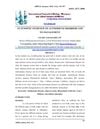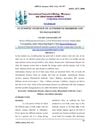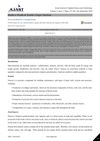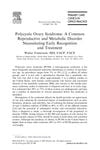Severe Insulin Resistance in a Pediatric Patient: Key Areas to Address in Screening
March 2013
in “
Journal of pediatric nursing
”
insulin resistance hyperglycemia fatigue excessive urination excessive thirst skin darkening increased facial hair growth obesity amenorrhea metformin hypoglycemic episodes high blood pressure advanced bone age clitoromegaly fasting insulin levels c-peptide level HgbA1c fatty liver disease enlarged ovaries oral contraceptive pills insulin receptor mutations adiponectin levels type 2 diabetes metabolic syndrome type A insulin resistance high blood sugar darkened skin facial hair growth birth control pills fatty liver diabetes
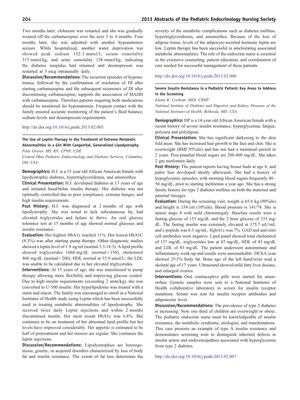
TLDR The case emphasizes the need for careful screening in children for insulin resistance and related conditions.
The document describes the case of a 14-year-old African American female with severe insulin resistance, characterized by hyperglycemia, fatigue, excessive urination and thirst, skin darkening, increased facial hair growth, obesity, and amenorrhea. Her post-prandial blood sugars ranged from 200-400 mg/dL despite taking 2 gm of metformin daily. She had early signs of puberty but also experienced hypoglycemic episodes before starting metformin. She has a strong family history of type 2 diabetes. Screening revealed high blood pressure, advanced bone age, mild clitoromegaly, extremely elevated fasting insulin levels, a high c-peptide level, and an HgbA1c of 7%. She tested negative for autoimmune diabetes indicators but had mild fatty liver disease and enlarged ovaries. She was started on oral contraceptive pills for her amenorrhea and underwent further testing for insulin receptor mutations and antibodies, as well as adiponectin levels. The case highlights the importance of pediatric endocrine nurses being knowledgeable about insulin resistance and metabolic syndrome, as the prevalence of type 2 diabetes and obesity in children is increasing. This patient's condition exemplifies type A insulin resistance and the necessity for thorough screening to differentiate between inherited insulin action defects and type 2 diabetes.
